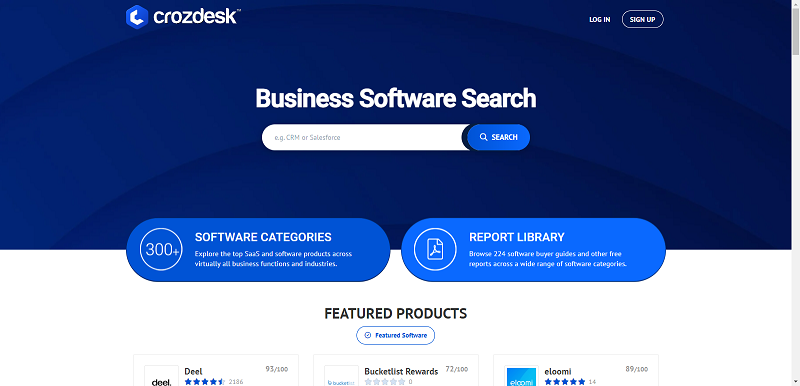With 1,800,000,000 gigabytes of data created in the last year, the various causes of data loss and downtime such as human error, UPS failure, cyber-attacks, natural disasters, and IT equipment failure take on a great significance. Especially since most of these are entirely preventable. According to stats provided by SingleHop, 93% of businesses experiencing data center failures lasting 10 or more days go bankrupt within one year. 43% of companies that experience a disaster never reopen and only 6% of businesses without a disaster recovery plan survive in the long term.
Disaster Recovery as a Service (DRaaS) is a less glamorous but compelling benefit of the cloud, encouraging the already high drive towards cloud adoption. However, there are fundamental compliance concerns that are spotlighted too.
Cloud-based disaster recovery was initially adopted by large enterprises on one side of the spectrum, and start-ups on the other, both securing data in public clouds. However, business managers sometimes forget that cloud is simply a data vault, and once migrating data to the cloud consider disaster recovery planning to be achieved without actually creating any recovery strategies. DRaaS fills this gap.
Global research firm MarketsandMarkets predicts a compounded annual growth in the DRaaS market of 55.2% from 2013 to 2018, and rather than mere storage solutions, cloud disaster recovery providers help organizations store data, but also recover data to physical hardware, virtual machines, or other cloud environments. Hybrid infrastructure DRaaS solutions allow organizations to store essential data in on-site appliances while managing backups in the cloud, and TheInfoPro (451 Research’s service) found in interviews with IT and storage experts at more than 250 medium and large global organizations that companies are steadily adopting dedicated storage appliances for disaster recovery.
The constantly changing global compliance landscape and regulations make it difficult for businesses to keep up, and it’s concerning that important aspects are sometimes missed or swept aside. Helping deal with this challenge, some organizations are installing dedicated regulatory program managers, but with a shortage of skills, many companies are reporting that senior management is lacking integrated response to regulatory reform. If only half of a business is compliant, it is essentially non-compliant.
Operational standards such as the EU Data Protection Regulation and ISO standards must be heeded, but data retention time frames also need to be considered. Requirements for retention of various payroll and/or company data varies from country to country, and most countries require adequate data protection measures be in place. DRaaS offers some control with automated backup processes, making electronic records easily accessible, but before utilizing the cloud, service provider security practices should be evaluated, including compliance with BCI standards, encryption of data at rest and in transit, and thorough data center monitoring and employee assessment.
As the growth in data presents new challenges at a range of levels, organizations can take advantage of newer cloud resources such as DRaaS, ensuring they make the most of the data explosion, rather than allowing it to hinder operations.
By Jennifer Klostermann





